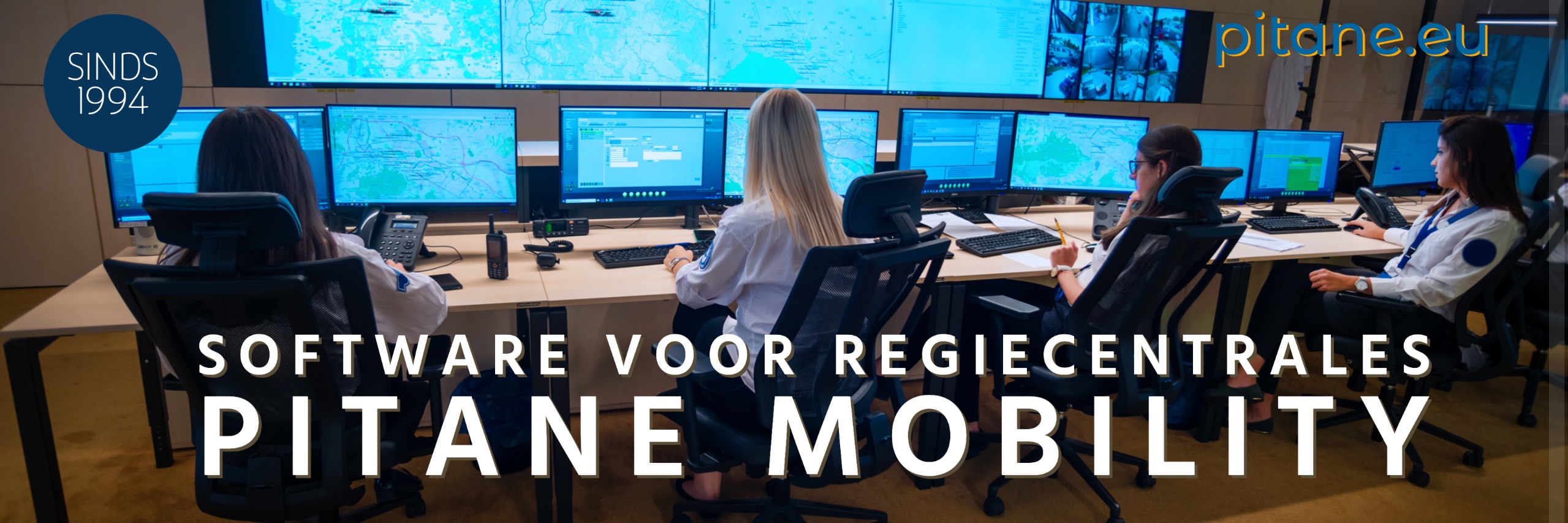The financing of student transport is a municipal task, for which municipalities are financially responsible.
Every day, 72.000 children use some form of student transport. Fortunately, things usually go well, but we also know the stories in the media of a student waiting in vain for a bus, overcrowded taxis or staff shortages at a transport company. This gave rise to making a VNG guideline for student transport available to the municipalities.
From "VNG guidance on student transport” is a comprehensive guide that provides guidelines and advice for the efficient and effective organization of student transport by Dutch municipalities. The guide was drawn up by the Association of Dutch Municipalities (VNG) in collaboration with experts from the sector. The document provides a detailed overview of the legal foundations, policy frameworks, and different roles and responsibilities within the student transport process.
One of the main goals of the guide is to provide support to four specific groups of municipal employees: student transport consultants, policy advisors, contract managers/account managers, and purchasing and procurement employees. These professionals work together to ensure smooth and effective implementation of student transport.
The guidance emphasizes the importance of careful planning and coordination of student transport, as well as the need for municipalities to regularly update their regulations and policy frameworks. This is especially important to meet ever-changing legal requirements and local needs.
Municipalities are obliged to have a Student Transport Regulation, based on laws such as the WPO, WVO2020 and WEC. The VNG offers a model regulation that municipalities can adapt to their local situation. The emphasis is also on students' independent travel, with attention to children's self-reliance and self-confidence. Parents play a crucial role in this process.

Approximately 72.000 children use student transport every day.
Determining the best route from home to school depends on various factors, including educational needs, distance and transport options. An important aspect of the guidance is the emphasis on collaboration between different functions and stakeholders, with a focus on optimal implementation and resolving bottlenecks.
The guide introduces two important cycles: the preparation of the new school year and the cycle of purchasing, tendering and contract management. The student transport consultant plays a central role in the daily implementation of the policy and is the first point of contact for parents and schools. The request for student transport can be for various reasons, including distance, disability and denomination. The allocation process starts with a conversation between the consultant and the parents/guardians, during which the most appropriate transport facility is determined.
The document also addresses challenges such as peak transport loads and the need to explore alternative transport solutions. Furthermore, the role of parents and schools in the process is emphasized, emphasizing cooperation and communication to achieve the best results. The guide also contains specific advice and guidelines for the organization of student transport, such as establishing an annual schedule, drawing up contracts with transport companies, and managing complaints and customer satisfaction surveys.
The “VNG Guide to Student Transport” is therefore an essential document for Dutch municipalities, as it helps them navigate the complexity of student transport and provide effective, efficient and tailor-made transport solutions for students.



